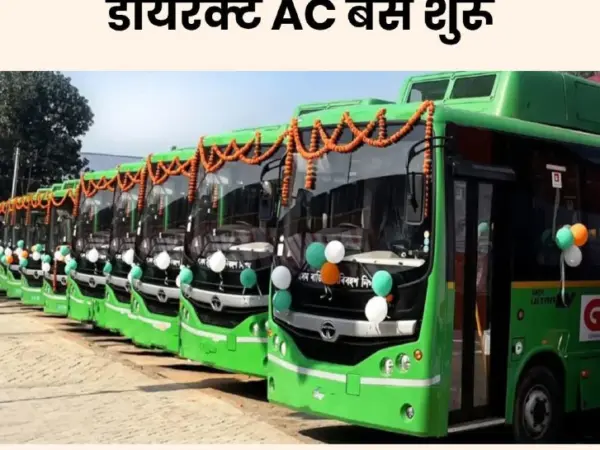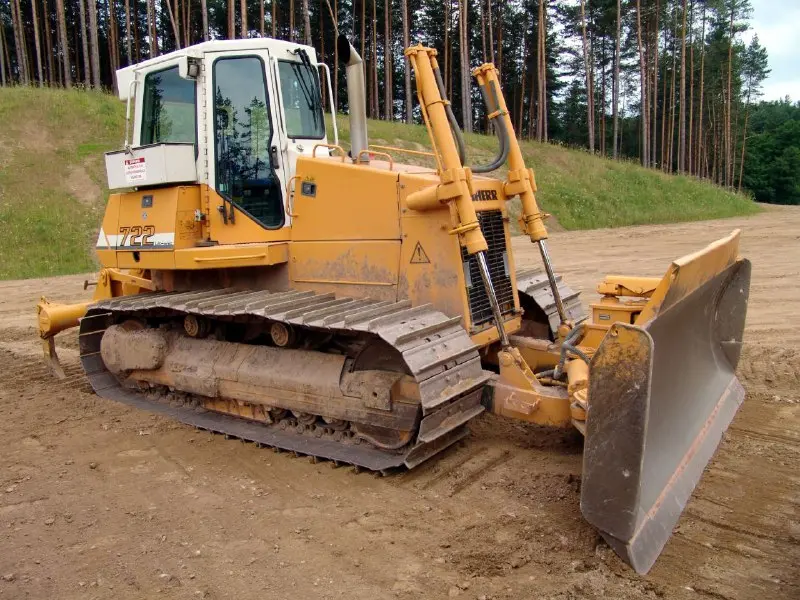Dedicated Freight Corridor: Indian Railways’ Game Changer Project
The Indian Railways is undertaking the ambitious Dedicated Freight Corridor (DFC) projects to increase the modal share of rail in the overall freight movement in the country. The National Rail Plan aims to raise the modal share of railways from 28% to 44% by 2051.
What is the Dedicated Freight Corridor Project?
The Dedicated Freight Corridor project involves the construction of two major freight corridors, namely the Eastern Dedicated Freight Corridor (EDFC) and the Western Dedicated Freight Corridor (WDFC). These corridors will provide exclusive tracks for freight trains, enabling faster and more efficient movement of goods across the country.
When will the DFCs be fully operational?
The Eastern Dedicated Freight Corridor is expected to be fully operational by August 2022, while the Western Dedicated Freight Corridor is scheduled to be completed by December 2022.
Benefits of DFCs and their multiplier effect on the Indian economy
The Dedicated Freight Corridors will bring numerous benefits to the Indian economy:
- Reduced transport time: The DFCs will significantly reduce the transport time for major commodities, both bulk and perishable, by half. This reduction in transit time will lead to cost savings in end-to-end logistics.
- Increased capacity: By freeing up capacity on regular Indian Railways lines, the DFCs will allow the national transporter to speed up passenger trains and introduce new train services, improving overall rail connectivity.
- Efficient inventory management: Dedicated freight lines will help reduce the inventory stock-up requirement for various commodities, including coal at powerhouses, benefiting industries.
- Private sector participation: The DFCs will include Gati Shakti terminals and encourage private sector participation in freight terminals, bringing in world-class efficiency in freight movement and opening new avenues for the transportation of commodities.
DFCs revolutionizing freight transport in India
Nanduri Srinivas, Director Operations & Business Development at Dedicated Freight Corridor Corporation of India (DFCCIL), explains how trains on the DFCs are now transporting freight at an average speed of 60 kmph, much higher than the 25 kmph on regular railway lines. This prioritization of freight movement over passenger trains has resulted in faster and more efficient delivery of goods.
Srinivas highlights examples of how the DFCs have significantly reduced the transport time for commodities such as coal and milk, ultimately reducing the overall cost of logistics. The introduction of dedicated freight lines has also improved inventory management for industries, leading to cost savings.
Additionally, Srinivas emphasizes the importance of Gati Shakti terminals and private sector participation in freight terminals on the DFCs. These initiatives will enhance efficiency in freight movement and enable the railways to tap into new streams of commodities.
- The Indian Railways is building Dedicated Freight Corridors to increase the modal share of rail in the overall freight movement.
- The Eastern and Western Dedicated Freight Corridors (EDFC and WDFC) are expected to be fully operational by August 2022 and December 2022, respectively.
- The DFCs will bring benefits such as reduced transport time, increased capacity, efficient inventory management, and private sector participation.
- Trains on the DFCs are transporting freight at an average speed of 60 kmph, significantly higher than regular railway lines.
- The DFCs have reduced transport time for commodities and improved inventory management for industries.
- Gati Shakti terminals and private sector participation will enhance efficiency in freight movement and enable the transportation of new commodities.
Follow DelhiBreakings on Google News
Superfast News Coverage by DelhiBreakings.com team.
For Superfast national news and Delhi Breaking Stories visit us daily at https://delhibreakings.com





